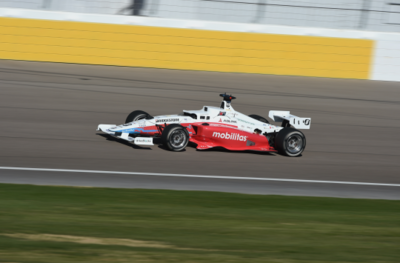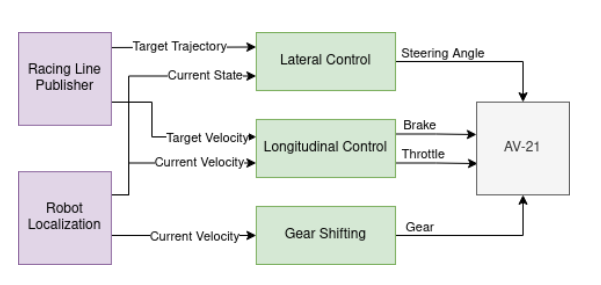Road Surface Estimation Using Machine Learning
Vehicle motion control systems are present on commercial vehicles to improve safety and driving comfort. Many of these control systems could be further improved given accurrate online information about the road condition to accommodate for driving under poor weather conditions such as icy roads or heavy rain. However, sensors for direct friction measurement are not present on commercial vehicles due to production costs. Hence, it is beneficial to incorporate an online estimation scheme for road surface classification.
Two fundamentally different machine learning-based methods for road surface classification are investigated. The first is an artificial neural network that provides a global function approximation of the underlying dynamics. In particular, Long Short Term Memory (LSTM) units are used to capture temporal relationships within the training data and to mitigate the vanishing gradient problem. The second is an instance-based learning method referred to as Nadaraya-Watson Kernel Regression, where local function approximations are generated around the input data.
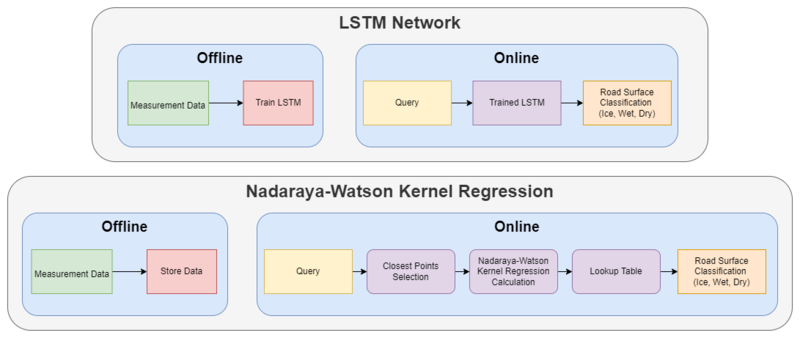
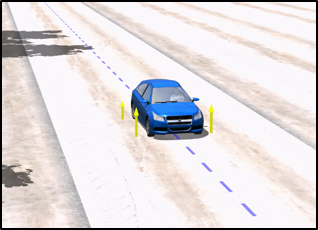
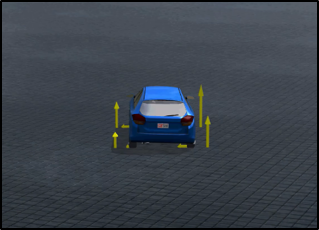
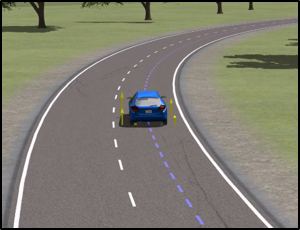
Robust Modeling and Controls for Racing on the Edge
Racecars are routinely driven to the edge of their handling limits in dynamic scenarios well above 200mph. Similar challenges are posed in autonomous racing where an autonomous software stack, instead of a human driver, interacts within a multi-agent environment. For an Autonomous Racing Vehicle (ARV), operating at the edge of handling limits and acting safely in these dynamic environments is still an unsolved problem. A baseline controls and modeling stack for an ARV capable of operating safely up to 140mph is presented in this paper. The stack is compared to similar controls and modeling schemes and limitations are discussed to present ideas for tackling these shortcomings.
